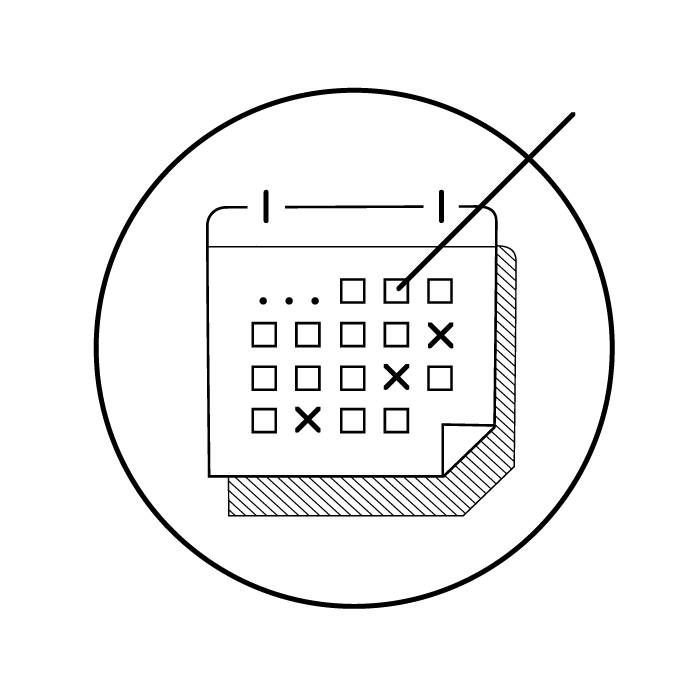 Conference
Conference
Trans Sainthood in Translation, ca. 400–1500
Conference
22-23 May 2025
Organizers: Mariana Bodnaruk (Masaryk University, Brno), Stephan Bruhn (GHIL) and Michael Eber (University of Oxford)
Venue: German Historial Institute London
Trans saints – monachoparthenoi, saints who are initially described as female by their hagiographers, but transition to a male (often monastic) identity – are present in every late antique and medieval Christian tradition. The textual and artistic renderings of these figures offer a comparative key to conceptualizing trans bodies and trans souls across geographical and chronological boundaries. Binary cis-heteronormativity has long been portrayed as unchanging and unchangeable, as outside of the scope of history. This is a central plank in the playbook followed by transphobes worldwide, in the ever-escalating “culture war” against trans and queer people. Highlighting both the ubiquity and multivalence of premodern trans monks, and connecting across disciplinary divides to do so, is urgent work, not least because it provides a necessary counterpoint to such historically inaccurate rhetoric.
Following the insights of the “performative turn” in queer and trans studies that underscores the enactment and negotiation of gender identity through lived experiences, social practices, and narratives, we welcome explorations of gender and sexuality in the textual traditions in both East and West and in their translation. We also take into consideration aspects related to the ”performative turn” in visual studies in the last decade, as relevant for both medieval Eastern and Western hagiographic iconographies of trans saints, focusing on visual representations actively shaping identities and power dynamics and incorporating the embodied experience of the ritual practices.
While texts regarding fifteen trans saints are attested in the Eastern Mediterranean, this conference will focus on those whose vitae were available in Greek as well as in Latin: Eugenia*us, Euphrosyne*Smaragdus, Marina*us, Pelagia*us and Theodora*us. However, we particularly invite papers covering linguistic and artistic traditions beyond Greek and Latin, from Coptic to Old Norse. Taking seriously the connectivity of the Latin West, the Orthodox East, and the Islamic World in the Middle Ages, we adopt a trans-cultural comparative approach. Thus, contributions with a multilingual perspective are particularly welcome, as are those covering both textual and iconographic representations. Conference proceedings may be published as an edited volume.
Call for Papers (PDF file)